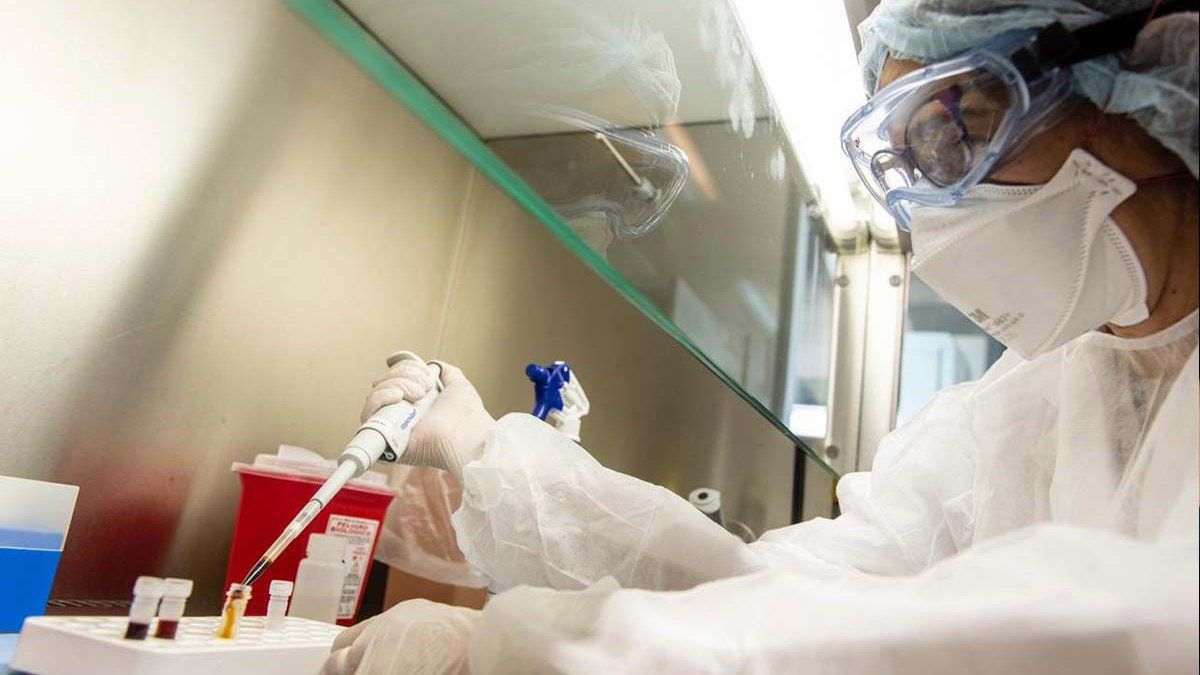
[ad_1]
“In Peru, we have a coronavirus genomic surveillance project. Since July 2020, we have been trying to process 100 genomes per month to see which variants are circulating. In December, we observed a variant that exhibited a series of very particular mutations, ”Tsukayama told canal C5N this Tuesday.
“The fact that it shares these very region-specific mutations, which also occur with others in the spike protein, has already raised some alarm bells. Between January and March we processed 150 additional samples and 40% of them corresponded to this new line“said the doctor of microbiology.
Although it is not yet possible to determine whether this is a strain per se, the C.37 line is attracting “interest” from the World Health Organization (WHO) and Universidad Peruana Cayetano Heredia (where she teaches Tsukayama classes) and other institutes in that country are looking to collate information on Covid-19 strains with other centers in the region.
“We asked where this was observed and we realized that in Chile it was increasing, that the United States was already reporting quite a few parts of the same sequence; in Argentina we have seen a case so far ; in Ecuador, Brazil, Germany, and even Australia, ”said the scientist.
Tsukayama pointed out that “from somewhere in Latin America, from the Andean region, perhaps, it was born at the end of 2020 and has already been implanted in several countries” so “what now corresponds is to follow its growth in the weeks to come. “.
“At this time, it is not possible to determine from the sequence whether it is more transmissible or more pathogenic.. But the first thing that caught our attention was the very rapid growth of this variant. From almost 0% in December to 40% in March. In Chile, we are talking about 25% of the samples. This is the first sign that tells us that something is going on, and that probably this is associated with greater transmissibility. To confirm these data, we need to do additional studies, ”he agreed.
“A few days ago, I was looking at the reports of the Argentinian corsorcio that does the genomic sequencing (Proyecto PAIS, the Argentine Consortium for the Genomics of SARS-CoV-2), and in their report they mentioned that in recent weeks, they noticed the growth of a very specific mutation which they call 452 U, ”Tsukayama commented.
“This variant, C.37, has this mutation, so my curiosity is: maybe that’s what they identify in Argentina. I read the report that in February 452 U was up. I would suggest to see if, with the whole genome sequencing, they can confirm if it is indeed C.37 or if it is another variant unique to Argentina that we are not detecting yet. in the region, ”he suggested.
[ad_2]
Source link
 Naaju Breaking News, Live Updates, Latest Headlines, Viral News, Top Stories, Trending Topics, Videos
Naaju Breaking News, Live Updates, Latest Headlines, Viral News, Top Stories, Trending Topics, Videos